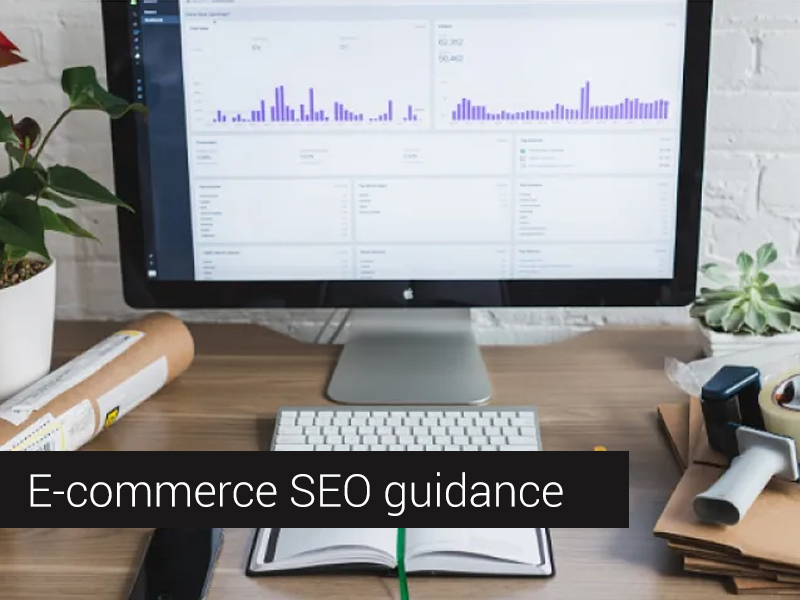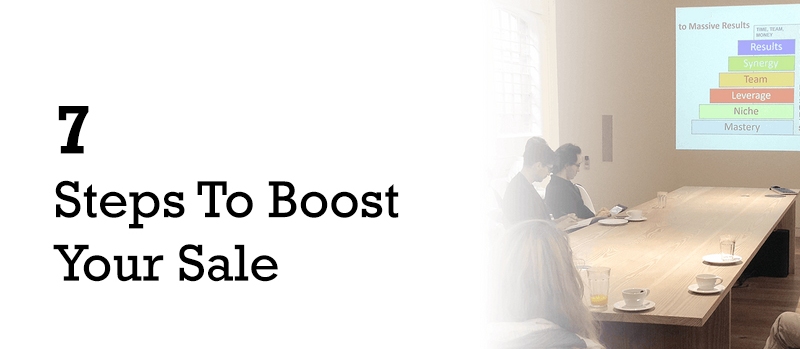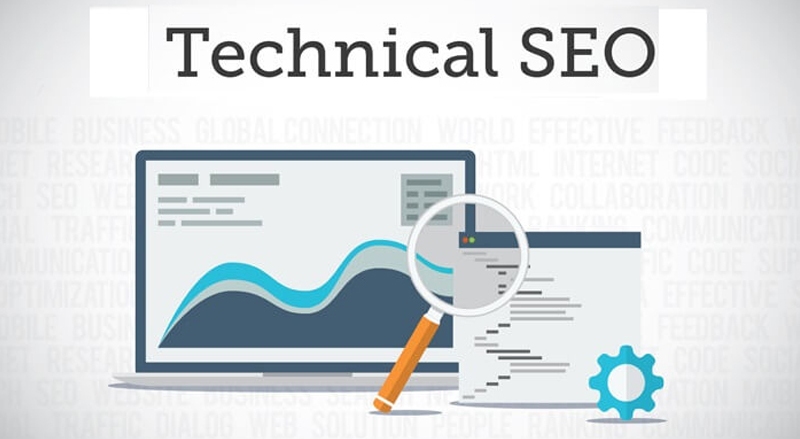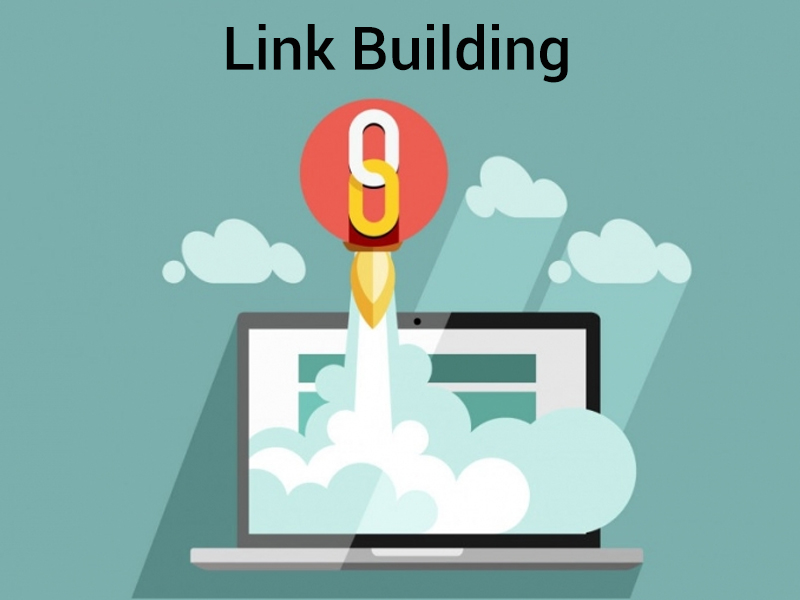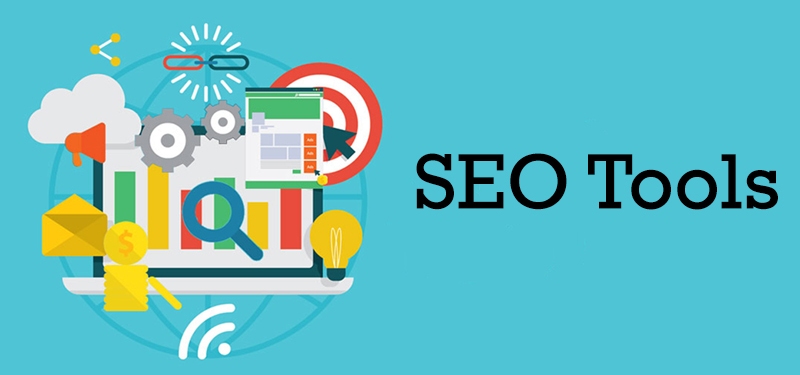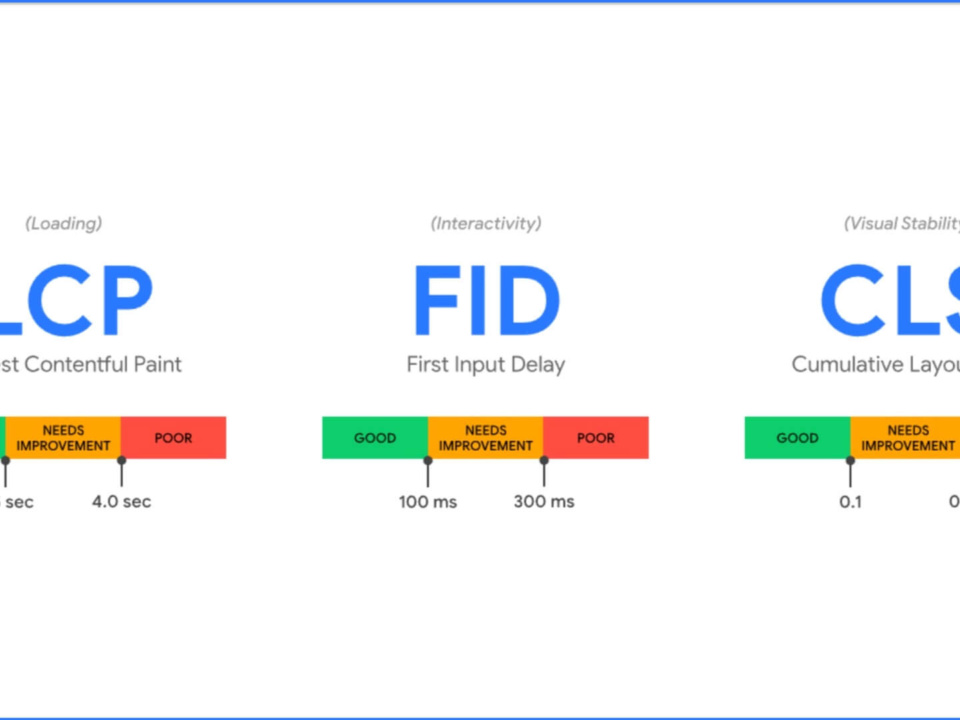METHODS TO RANK YOUR ONLINE STORE ON THE INTERNET!

INCREASE TRAFFIC TO YOUR BLOG USING THESE METHODS!
May 16, 2020
Steps to drive more traffic to E-commerce Store
May 23, 2020The true success of your online store is getting consistently qualified visitors. E-commerce SEO is an unavoidable digital marketing strategy to expand your business and get high ROI. All the difficulty of SEO might look discouraging at first, but imagine persistent and getting high-quality traffic that you don’t have to pay for! That’s what e-commerce SEO is all about. If you own a big company or a small one, an existing online store, or a brand new one, this is the most simple e-commerce SEO guide explained step-by-step.
Table of Contents
How To Boost Your Rankings, Sales and Traffic in 7 steps?
Step 1: E-commerce keyword research
Step 2: Optimize your site
Step 3: On-Page SEO
Step 4: Technical SEO
Step 5: content marketing
Step 6: Link building
Step 7: Measure your e-commerce SEO success
What is e-commerce SEO?
SEO is the process of optimizing and improving your website to bring organic traffic by ranking high on Google and other search engines. E-commerce SEO is a type of SEO that makes sure your product pages rank on top of search results to drive potential clients to your online store.
For example, If someone looks for products on Google, your online store appears on top of Google search results.
Importance of SEO for e-commerce
When you use e-commerce SEO for your business, your brand will be more recognizable to the audience, online shoppers, and in return, you will drive more customers and sales. Many consumers start their shopping process by using a search engine to discover new products and services. And some use a search engine for considering and then purchasing the product by doing research and comparing the results with other companies.
When your business ranks high in search results, it brings quick visibility and more traffic. Organic traffic from search engines also brings in the highest revenue to your business. E-commerce SEO will bring organic traffic. So, if you put your effort more in SEO upfront, you will get constant free traffic to your online store.
How to do e-commerce SEO?
Now that you have understood what e-commerce SEO is and why it matters, let us see the ways of optimizing your online store to drive more traffic and sales.
E-commerce SEO process comprises of 7 steps:
- Keyword research
- Optimizing your e-commerce site architecture
- On-Page SEO for a category and product pages
- Technical SEO
- Content marketing for e-commerce
- E-commerce link building
- Measuring e-commerce your SEO success
Step 1: E-commerce keyword research
Keyword research is the central core of every SEO process, and similar is the case with e-commerce SEO. You need to research keywords your customers type in search engines when they’re looking to buy. You can then use these keywords to build out your e-commerce SEO plan.
Target those keywords that have a good amount of search volume, low to medium competition, which can generate traffic and sales. These are the keywords you need to put in your category and product pages and revamp your entire e-commerce.
Step 2: Optimize your site.
The site structure shows how your e-commerce site is arranged into categories and pages. Your site structure is equally important for both your visitors and search engines. If your site structure is good, that will help search engines crawl and index your site.
If pages in your site are not correctly linked together, search engines may not index them properly or can’t even find them. An excellent e-commerce structure can help your site appear with site links in search results. A good site structure makes your site easy to navigate for users.
Step 3: On-Page SEO
Targeted keywords lead to the success of SEO strategy. On-Page SEO is all about adding this to your product and category pages. The product and category pages of your business get the most traffic and contribute directly to your e-commerce sales. That’s why you must always be sure that when someone looks for your target keywords, your site should appear on the first page of Google.
Step 4: Technical SEO
Technical SEO is all about giving an excellent user experience, witty performance, as well as making sure Google can crawl and index your site. Almost all websites get an advantage from technical SEO, but this is specifically true for e-commerce. It is because e-commerce sites don’t get enough backlinks, so here technical SEO plays the role. There is also a reason that e-commerce sites have a vast number of pages, which raises the chance of technical issues.
Step 5: E-commerce content marketing
Most of them use Google to find answers and get new information about a product. No content marketing means you’re leaving a massive bulk of good traffic and potential customers to your site. So good quality content is necessary to increase your site authority. By content, we mean that blog posts, free tools, etc. But a question arises on how to create content? The answer is simple – do keyword research to find out topics people usually look for.
Step 6: E-commerce link building
One of the most robust SEO factors is the authority of your site, meaning the number of external links that point to your site. To be victorious in e-commerce SEO, you need to get backlinks and increase your site authority. More links mean more organic traffic to your site. Backlinks can also help in promoting your products and driving direct sales. And other site owners or bloggers might gain interest in your products so much they link back to you in their content. So it becomes tough to get many backlinks to your e-commerce product pages. That’s where link building comes in place.
Step 7: Measure your e-commerce SEO success
The last step is to measure your e-commerce SEO process and results. You can use Google Analytics to measure your website performance. Look over other measures to check in on your e-commerce SEO performance, like:
- Organic traffic growth
- Conversion rates
- Bounce rate
- User engagement
- Observe keywords that bring in search traffic
You can also use expert SEO tools like SEMrush and Ahrefs to get a detailed inquiry of your SEO efforts.
Conclusion
SEO is the best way to get reliable and free traffic to your e-commerce site. First, it may look like a big task, but once you benefit from it, you’ll realize it’s worth it. A solid SEO campaign can drive a good amount of traffic, and your business will grow speedily.
You can follow this guide and win more sales. We’re always open to help you out in the methods to rank your online store high on search engines. Feel free to call us anytime at our toll-free (+91)9355088080 / +1(630) 960-5984.


